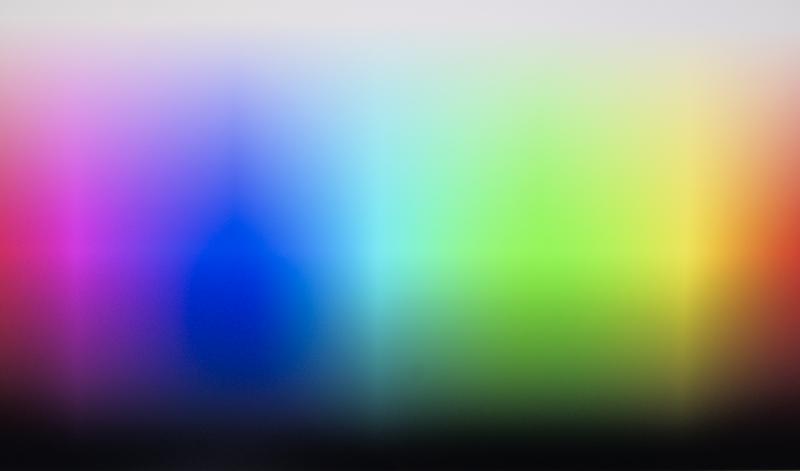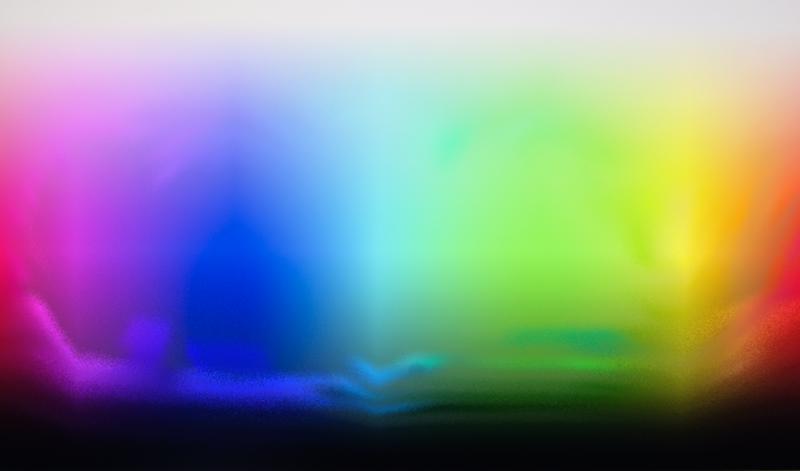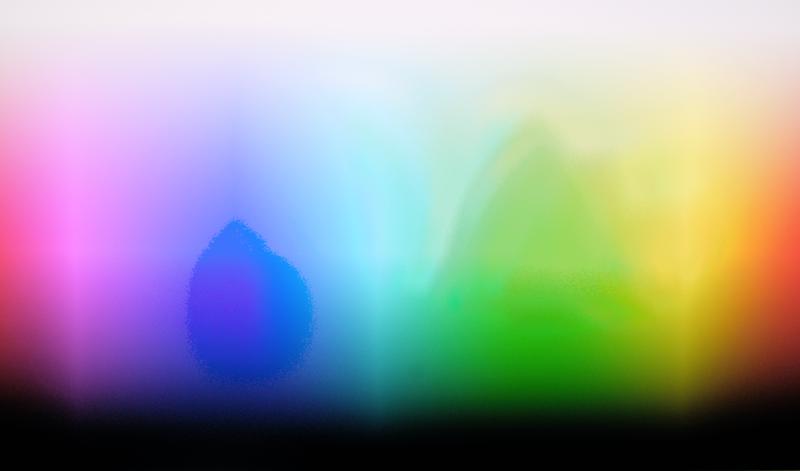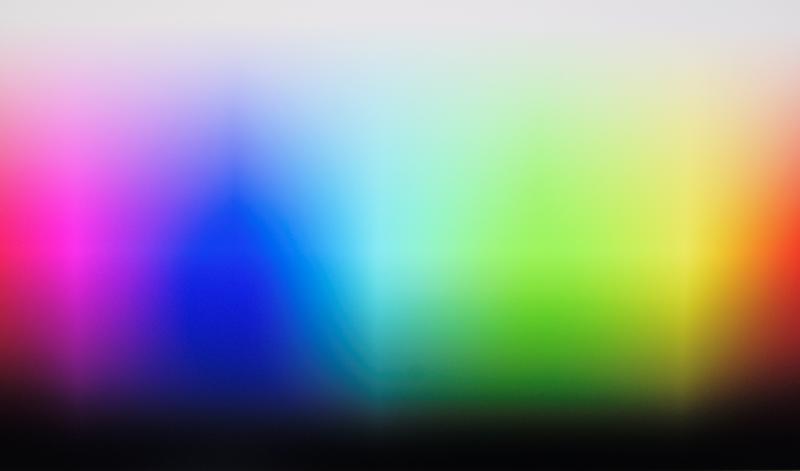Yesterday I came back from a weekend trip (during which my camera died  and my kids freaked out
and my kids freaked out  ), to find at my doorsteps the lens adapter I had ordered for creating LUTs.
), to find at my doorsteps the lens adapter I had ordered for creating LUTs.
So I took out an ancient Canon FD-compatible Tokina 28mm, set my camera to take exposure brackets, and went shooting a training set. Some 180 images were taken, in series of [-2, -1, 0, 1, 2] EV exposure. I tried to get a varied set that covered all the major colors. Then I plugged my camera into the Windows VM, and told the Fujifilm X-Transformer to render these 180 images in each film simulation. This took some time, but was easy to do. At the same time, I exported the same images with Darktable in scene-referred mode, with filmic enabled and at default values, and everything else turned off.
With the training set thus prepared, I installed a zig compiler (available as a snap) and the required libraries (libsdl2-dev, libsdl2-image-dev on Ubuntu). Compiling the zig program was extremely easy. Impressive.
Then, less, easy, I figured out the required incantation of imagemagick to convert my training sets to PNGs, and coded up a Python script to apply it to whole directories, and with some parallelization for good measure. Surprisingly, this part took the most effort. If you’re interested, convert -resize 600x600 -auto-orient source.jpg destination.png works in almost all cases.
Then I ran @sacredbirdman’s wonderful program, and voila, new Fujifilm LUTs:
In my extremely limited testing on a couple of sample images from before my camera broke, these LUTs seem to look better than Stuart Sowerby’s LUTs I had used beforehand.
But I’ll have to check this in more detail later, and specifically look for defects. These LUTs are at this point less than an hour old. If you find any problems, please let me know! I’d guess that most problems can be fixed with a few more sample images but I’ll need to know what to look for!

 and my kids freaked out
and my kids freaked out  ), to find at my doorsteps the lens adapter I had ordered for creating LUTs.
), to find at my doorsteps the lens adapter I had ordered for creating LUTs.











